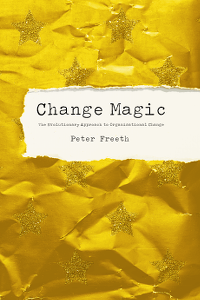I have worked with many organisations, local and global, to define, refine and even change their cultures. The process is much simpler than you might think, although you need clarity and commitment to the process. Here's a flavour of how that works.
Let’s define culture, simply, as “language + rules”.
Every culture, whether organisational or national, has its own unique language. In your organisation, you have names for order forms, processes and departments that mark your culture as different. That difference helps 'your' people to develop a sense of belonging whilst keeping outsiders where they belong - outside. Once you've learned the language and adapted to the culture, you no longer realise that it's there. It's only when you encounter an outsider that you're reminded of the peculiarities of your own organisation.
Rules come in two flavours; tacit and explicit. Explicit rules include contract terms and conditions, job descriptions and notices in the kitchen telling people to save milk or turn the lights off. Everyone knows what the explicit rules, if you write them in big enough words and put them in prominent places.
Tacit rules are much more interesting. These are the rules that you quickly learn in your first few weeks in a new job, when your colleagues show you the ropes and fill you in on the details of what's really expected from you. Tacit rules aren't written down anywhere, they're learned through word of mouth and through observation.
Tacit rules always override explicit rules.
In your organisation, you therefore have two cultures; the one that you would like, and the one that you actually have. High performers are able to navigate both.
In organisational culture consultancy, I help you to interpret and codify your culture's rules and make any changes that you want to make as a result of the changing market environment that you're operating within.
In practice, this might involve modelling the cultural rules, facilitating workshops to create cultural definitions and creating a roadmap to help you to achieve your strategy, values and purpose with measurable outcomes.
When modelling high performers, I always model the cultural rules that they're working within, because high performance is more dependent on the alignment between the high performer and the organisation that on the skills of the individual.
My modelling methodology is described in my book Genius at Work, and my approach to cultural and behavioural change is described in my book Change Magic.

